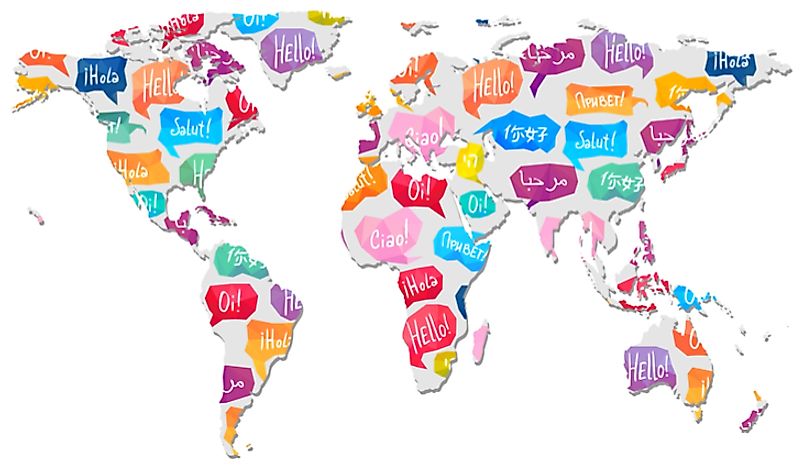chinese is not a language but a macrolanguage this means it s a family of languages closely related to each other the most well known of which are mandarin and cantonese

“Chinese” is a Macrolanguage: Exploring the Fascinating World of Diverse Chinese Languages

Introduction: Unveiling the Hidden Dimensions of Chinese Language
Language is a fascinating aspect of human culture, playing a vital role in communication, identity, and understanding. Chinese, often referred to as a single language, is in fact a macrolanguage. This intriguing fact sheds light on the diverse family of languages that exist within the vast Chinese linguistic landscape. Let’s delve into the world of Chinese languages, with a focus on the well-known Mandarin and Cantonese languages.
Understanding Macrolanguage: The Concept Behind Chinese Diversity
A macrolanguage, as defined by Macmillan Dictionary, refers to a family of languages which are closely related to one another. In the case of Chinese, it is not a singular language, but rather a macrolanguage that encompasses several distinct languages. These languages share commonalities in terms of vocabulary, grammar, and linguistic structure, but also possess unique characteristics that set them apart.
Chinese, as a macrolanguage, boasts a rich linguistic diversity that spans across different regions, provinces, and communities. This linguistic tapestry adds to the cultural richness and complexity of China, showcasing the nation’s varied heritage and historical evolution.
Mandarin: The Widely Recognized Language of China

Mandarin, also known as “Putonghua” or “Standard Chinese,” is the most widely spoken language within the Chinese macrolanguage family. With over 960 million speakers, Mandarin serves as the official language of China, Taiwan, and Singapore. This immense popularity is largely attributed to its use in government, education, media, and business.
Mandarin is a tonal language, meaning that the pitch or tone of a word can change its meaning. It is characterized by its relatively simple grammar compared to other Chinese languages, making it accessible to learners around the globe. Many language enthusiasts and learners gravitate towards Mandarin due to its relevance on the international stage.
Cantonese: A Language with Rich Cultural Significance
Cantonese is another significant member of the Chinese macrolanguage family, predominantly spoken in the southern regions of China, including Hong Kong and Guangdong. This vibrant language has gained recognition and popularity due to its role in the entertainment industry, particularly in Cantopop music and Hong Kong cinema.
With approximately 72 million speakers worldwide, Cantonese showcases its unique phonetic system, rich vocabulary, and distinct grammatical structures. Unlike Mandarin, Cantonese encompasses nine different tones, contributing to its melodic and expressive nature. As a culturally significant language, Cantonese serves as an emblem of local identity and has strong ties to Hong Kong’s history and heritage.
Beyond Mandarin and Cantonese: Exploring More Chinese Languages
While Mandarin and Cantonese are the most well-known Chinese languages, they are just the tip of the iceberg when it comes to the rich diversity within the Chinese macrolanguage family. Every region in China has its own unique language or dialect, reflecting the local customs, traditions, and historical influences.
Some of the other notable Chinese languages and dialects include Hokkien, Shanghainese, Hakka, and Wu. These regional languages, although often overshadowed by Mandarin and Cantonese, have their own communities of speakers and cultural significance.
Conclusion
The notion of “Chinese” being a macrolanguage rather than a singular language opens up a world of linguistic diversity and cultural exploration. Mandarin and Cantonese, with their distinct characteristics and wide usage, exemplify the fascinating tapestry of Chinese languages. However, it is essential to recognize and appreciate the myriad other languages and dialects within China’s linguistic landscape.
By embracing the diverse Chinese languages, we gain a deeper understanding of the rich cultural heritage and heritage of the Chinese people. Let’s celebrate the linguistic variations that make China a fascinating mosaic of languages, connecting communities and identities within this vibrant nation.
Sources:
Tags
Share
Related Posts
Quick Links
Legal Stuff

